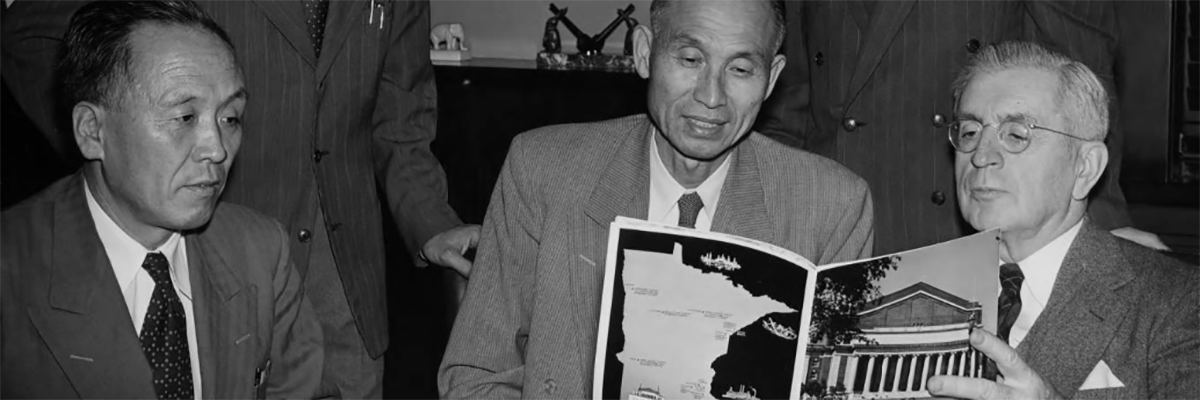The city of Seoul is a bustling metropolis with its blend of modern skyscrapers towering in the downtown area and Gyeongbok palace just a subway train ride away. South Korea has quickly risen to become a global leader in technology and industry, particularly within medicine.
Seventy years ago, the landscape looked markedly different. The Korean War, which lasted from 1950 to 1953, devastated the country’s infrastructure; hospitals and medical facilities were left in pieces. A few years earlier, South Korea had just achieved its hard won independence from Japan. There was an urgent need for medical care and an educational system to prepare future health professionals.
To help South Korea rebuild, the Minnesota Project was created and sponsored by the U.S. government agency International Cooperation Administration (ICA), thepredecessor for the U.S. Agency for International Development (USAID). The University of Minnesota sent 59 experts from different medical fields to Seoul National University to help standardize care and training. Approximately 226 young health professionals from South Korea had the opportunity to study at the University of Minnesota. After completing clinical training, they returned home to train faculty at Korean medical schools.
Teaching methodology in the U.S. was eye-opening for many of these young doctors and nurses who were more familiar with theory. The shift to practice-based learning offered hands-on experience through experiments and clinical tests in courses.
